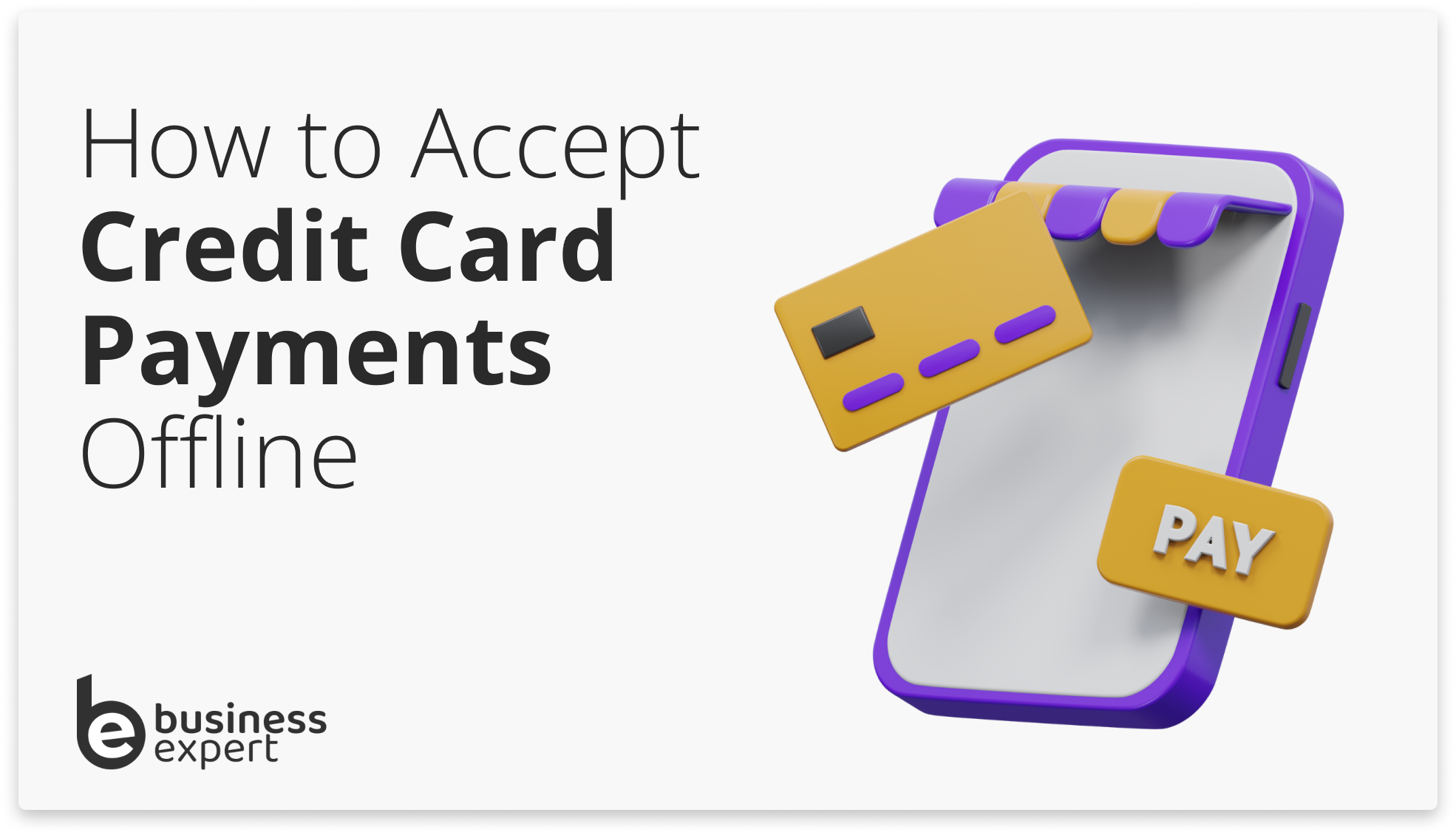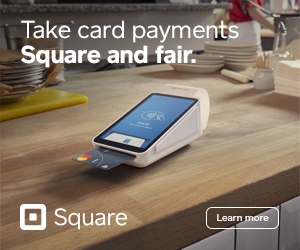How can you accept card payments in areas of low connectivity or if the internet goes offline? If you’ve ever run a food truck or coffee stall in a rural location, this is something you’ll be quite familiar with.
Fortunately, all of today’s major card readers include this functionality, and I’ll explain the process in simple steps below.


Offline Card Payment Machines
Here are the top card machines which offer offline payment capabilities.
| Device | Price | Offline Payment Capability | Transaction Fees | Battery Life | Notes |
|---|---|---|---|---|---|
| Square Reader | £19 | 24 hours | 1.75% | 10 hours | |
| SumUp Air | £39 | Up to 24 hours | 1.69% | 12 hours | |
| Zettle Reader 2 | £29 | Up to 96 hours | 1.75% | 8 hours | |
| Shopify WisePad 3 | £59 | Up to 50 hours | 1.7% | 24 hours | You must have a Shopify account |

How to Accept Offline Payments
Assuming your card reader allows for offline processing, here are the steps to follow:
- Check hardware compatibility. Ensure your POS system and card terminal support offline payment processing.
- Enable offline mode. Navigate to your POS system settings and follow the instructions to enable offline mode.
- Inform customers. Let customers know that transactions will be processed offline, which may involve slightly longer processing times and manual receipt issuance.
- Manually enter card details. With offline mode enabled, manually enter the card number, expiration date, and CVV, depending on your terminal’s requirements.
- Record transaction details. In addition to processing the payment, manually record pertinent details such as the amount, item description, and customer information. These records are crucial for reconciliation later.
- Issue a receipt. Provide the customer with a physical receipt. Many offline-capable terminals can print a receipt even in offline mode.
- Store transactions. The terminal should automatically store transaction information securely until you regain connectivity and can upload the data.
- Reconnect and upload. Once connectivity is restored, switch back to online mode and upload the stored transactions for processing.

When is Offline Card Processing Useful?
Offline card processing is useful in a variety of situations, including:
- When there is no internet connection. This can be due to a network outage, power outage, or other disruption.
- When operating in remote locations. Businesses that operate in remote areas with limited or no internet connectivity
- For mobile businesses. Mobile businesses, such as food trucks and catering companies
- For businesses that participate in events and trade shows. Businesses that participate in events and trade shows where internet connectivity may be unreliable or unavailable
- For businesses with high-volume transaction traffic. Businesses with high-volume transaction traffic can use offline card processing to reduce the risk of downtime and delays caused by network outages.
Pros and Cons of Offline Payment Processing
Adopting offline payment processing comes with its own set of advantages and disadvantages.
Pros
- Customer satisfaction: The ability to accept card payments without interruption can significantly improve customer experience, leading to higher retention rates.
- Remote sales opportunities: If your business participates in events, trade shows, or pop-ups in locations with limited connectivity, offline payments make it possible to secure sales in such environments.
- Reduced downtime: Offline capabilities eliminate the need to halt operations due to internet outages, which can be particularly beneficial for businesses that see high transaction volumes.
- Streamlined reconciliation: Many modern systems automate the upload and reconciliation process once connectivity is restored, making the transition from offline to online transactions relatively seamless.
Cons
- Increased risk: Processing payments without real-time verification increases the likelihood of accepting fraudulent or declined cards, posing a financial risk.
- Regulatory concerns: Offline payments require stringent data security measures. Failure to adequately protect stored data may result in non-compliance with data protection standards like PCI DSS.
- Manual processing: Entering card details and transaction information manually can be time-consuming and more prone to errors compared to automated online transactions.
- Limited functionality: Certain types of transactions, such as dynamic currency conversion or installment plans, may not be available when processing payments offline.
- Operational overheads: Managing a dual system—online and offline—can add complexity to your payment processing setup, requiring additional training for staff and potentially higher maintenance costs.
Handling Declined Cards and Failed Uploads in Offline Payment Processing
Whie processing offline transactions is fantastic in areas of low single, it does come with the risk of declined cards and failed uploads.
That’s easily solved, however, by following these simple steps:
- Identify the issue. Once you regain internet connectivity and upload stored transactions, carefully review the transaction reports. Look for any transactions that have been declined or failed to upload.
- Notify the customer (if applicable). If a transaction has been declined, you may need to let the customer knowpromptly to arrange an alternative form of payment.
- Retry failed uploads. In case of upload failure, the first step is typically to attempt re-uploading the transaction data. Check your POS system’s troubleshooting guide for instructions.
- Make manual corrections (if necessary). For transactions that cannot be salvaged through a simple re-upload, manual corrections may be needed in your accounting or POS system to accurately reflect the outcome.
- Consult support if needed. If you encounter persistent issues or are unsure how to rectify a problem, consult your POS system or payment processor support.
- Update internal records. Once the issue is resolved, update any internal transaction logs or customer records to reflect the final status of the transaction accurately.
FAQs
How Does a Card Reader Work in Offline Mode?
When a card reader is set to offline mode, it securely stores card payment details for processing at a later time. Once the device is reconnected to the internet, the stored transactions are completed.
Are Offline Payments Secure?
Offline payments made through a card reader in offline mode are designed to be secure. The payment details are encrypted and stored temporarily until they can be processed.
What Are the Risks of Accepting Payments in Offline Mode?
There’s a risk of payment failure when the transaction details are finally uploaded for processing. For instance, the customer’s card could be declined or flagged for fraud when connectivity is restored.
Is There a Limit to the Number of Offline Payments I Can Accept?
Card readers often have a storage limit for transactions in offline mode. Always check the specifications of your device to understand these limitations.
How Long Can I Store Offline Payments in the Card Reader?
Each card reader has a specific time limit for storing transaction data in offline mode. Consult your device’s manual for this information.
What Happens if I Forget to Reconnect the Card Reader to the Internet?
Failure to reconnect the card reader to the internet will prevent the stored transactions from being processed. This could result in lost revenue and possible non-compliance with payment regulations.
Can I Process Refunds on Offline Payments?
Refunds on offline payments usually require the device to be reconnected to the internet. Once the original transaction is processed, a refund can be issued through standard procedures.

